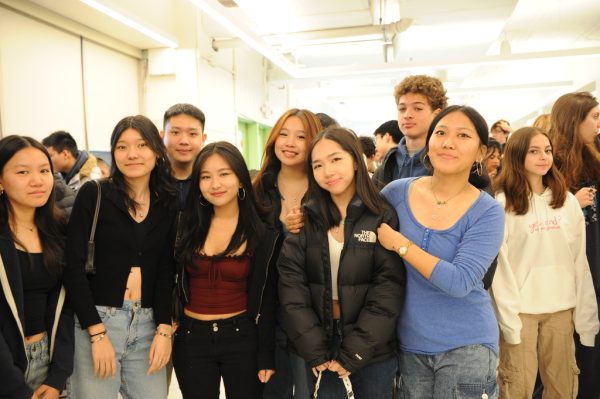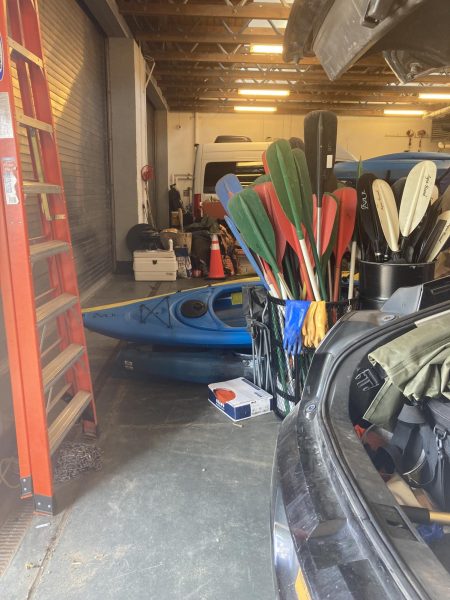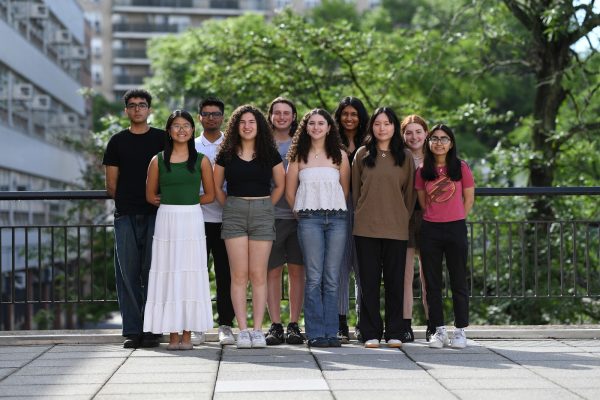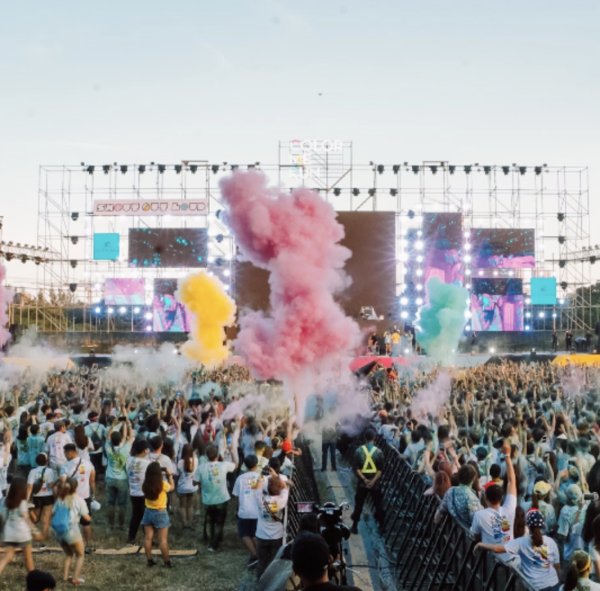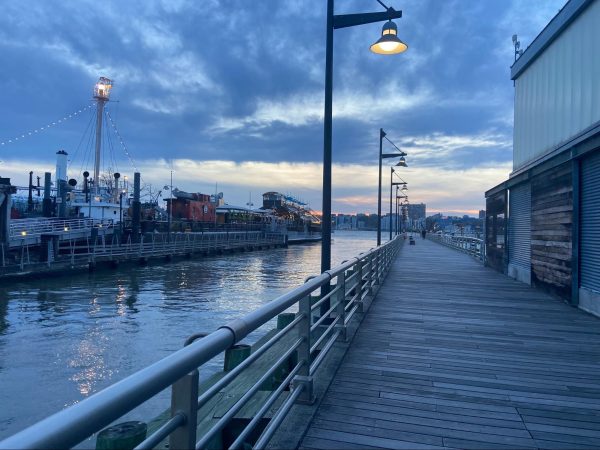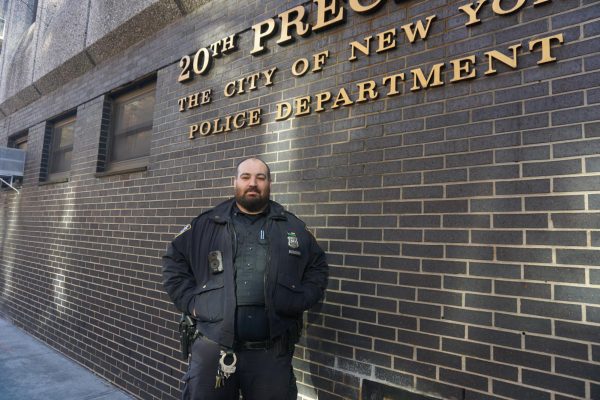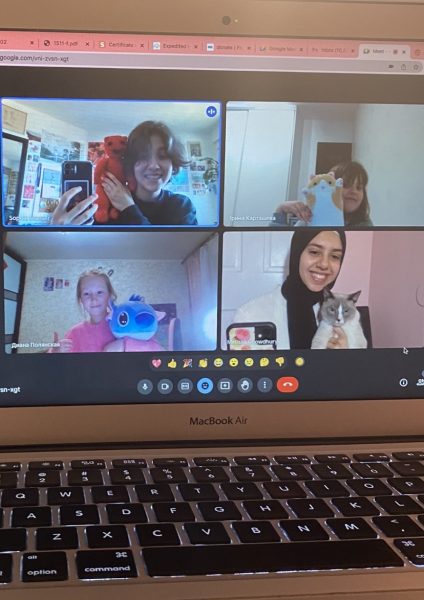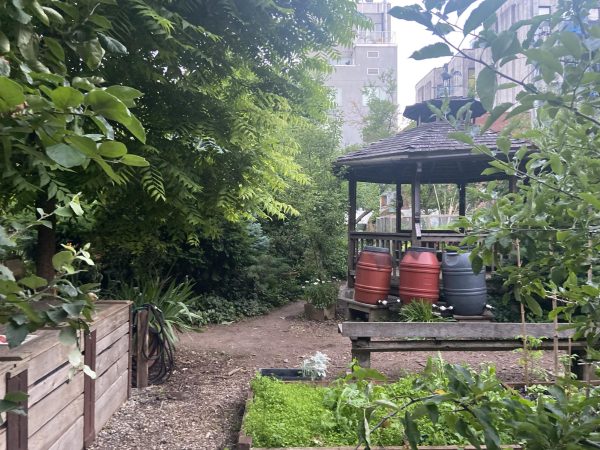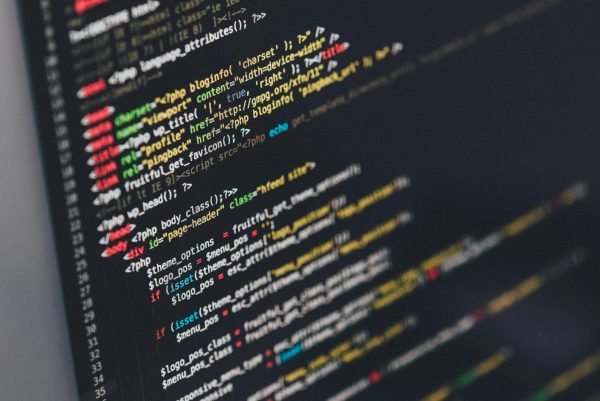Youth Activism: A Story of Perseverance and Passion
Youth have historically carried with them a drive that pushes society forward and closer to a better world.
“Activism is my rent for living on the planet,” said the American novelist and activist Alice Walker. (Photo Credit: Matt Hrkac from Geelong / Melbourne, Australia, CC BY 2.0
Passion drives action. Action catapults change. Without passion, action, and change, terrible circumstances will continue to worsen. Throughout history, it has been the youth who spearhead the fight for change. Even now, in the midst of today’s chaos, youth have found resilient ways to advocate for change in a variety of aspects of human society.
Let’s start with the 1960s, a time well-known for the Cold War, the Civil Rights Movement, the Vietnam War, and much more. This was a time heavy with youth-led movements, two of the most notable of which are the New Left and the counterculture movements.
The New Left was primarily led by college students, who held protests on and off campus. The New Left included students passionate about a number of different social justice issues, but one of their primary goals was to end the Vietnam War. The movement also called for more active participation in politics from the youth.
The SDS, the Students for a Democratic Society organization, was a primary representation of the New Left movement. They grew up during the growth of the generation gap, where, despite older generations generally holding onto the old patriotic spirit held during World War II before politicians started losing the public’s trust, young people usually opposed serving in the Vietnam War; it simply didn’t keep the same spirit by the people the last war had. The SDS promoted participatory democracy, a form of government where legislation is in the hands of the people, such as directly taking part in the selection of leaders.
60s youth generally took societal reform in two different directions, the other one of which was the counterculture movement, which presented another perspective on youth activism at the time. The New Left focused on political and societal reform, but the counterculture movement centered around creating a new society built on peace and love. Those participating in counterculture sometimes lived in communities together to practice their peace and love principles. The movement also placed an emphasis on experimentation with substances and nontraditional behavior. Unfortunately, sometimes such experimentation led to the deaths of very talented and well-known young people such as Jimi Hendrix, Janis Joplin, and Jim Morrison.
The movements of the late 60s bubbled over into the 70s, heightening tensions between different political groups. The New Left and Counterculture movements, though powerful, were not representative of the majority of the American population — the Silent Majority was. The Silent Majority leaned toward tradition and wanted to establish law and order to prevent massive changes left-leaning movements were proposing. The Silent Majority elected President Nixon, but he eroded the public’s trust in the government even more with his Watergate scandal, where he was found to have hired men to find anything the Democratic Party might have against him. The tensions rose, as did the desire for something to relieve the country of the chaos ensuing across the states.
Youth movements are not exclusive to the political left; they also happen on the right. After Reagan’s election in 1980, the New Right movement emerged in response to the New Left. They wanted to steer the country back to its traditional roots, advocating against reforms including affirmative action and busing laws. The New Right also sought to move the country closer to implementing religious teachings to the children, such as encouraging prayer in schools. These individuals felt threatened by the number of social movements growing over the past few decades and led the charge to push it all backward.
Despite the shift to the right during the 80s, the fight for civil rights refused to waver. The Gay Liberation Movement began in the 60s and continued its momentum in the 80s. AIDS presented a major struggle for Americans, especially gay men, and there were no treatments for it for a very long time. Individuals fell to the disease all over the country, and the connection drawn between gay men and AIDS furthered the stigma and homophobia that they had to face. As a result of the increasing amount of homophobia bursting from the epidemic, many people, including talented artist Freddy Mercury did not live to see the country’s delayed response.
Generally, aspects of this movement were exclusive to adults over the age of 21, but LGBTQ+ youth still found a way to be involved. The Street Transvestite Action Revolutionaries gave sanctuary to disadvantaged LGBTQ+ teenagers, and many youths created their own groups, only accepting members under 21.
As one decade’s youth grows older and may not be able to continue their activism anymore, the next generation tends to pick up where their predecessors left off. One example of this is the third wave of feminism in the mid-90s built off where the second wave left off. Many third-wave feminists were raised by second-wave feminists, and they continued their predecessors’ work by redefining previous ideas of womanhood and gender identity. Due to the educational opportunities opened up by first and second-wave feminists, third-wave feminists used their education to develop a deeper understanding of how factors such as racism and classism affect how a woman is treated. Third-wave feminists used art, writing, and education to reclaim words and symbols that were used in sexist and derogatory ways, making way for what today’s feminists have in mind for the future of women.
The U.S. immigration rights movement, particularly that of the Dreamers, blossomed in the early 2000s and continues today. The movement was and continues to be a fight pushing for the expansion of education and legal status for immigrant youth, where many young immigrant students organized together and formed the foundation for what would become institutions such as United We Dream. These youth organizations fought against the deportation of immigrants from many ethnic backgrounds, such as Latinos and South Asian immigrants. These groups gave immigrants the chance to come together and share their stories with one another, creating a bond that will soon prove to be crucial in demanding the passage of the DREAM Act, which would allow young immigrants attending college or serving in the military a chance to gain American citizenship.
Each decade gave way for the next decade’s youth to pick up where their predecessors left off. Many efforts were unsuccessful, but they remained persistent and used what was available to them. That resilience is still seen in today’s youth, as we try to combat society’s current injustices.
The Coronavirus pandemic shook the world with unprecedented strength over the past three years. Even so, youth took to the internet, forming their own organizations and spreading their reach nationally and sometimes internationally. One such organization is Ecolearners, also known as Ecolearning Together, which is committed to educating the public on conservation and climate change.
“Following a class on environmentalism, my curiosity on the climate crisis sparked, and I felt outraged that not enough was done for the youth of today in relation to the climate crisis,” said its founder, Sanjana Satagopan, a high school junior from Kirkland, Washington.
Ecolearners currently has more than 10 chapters across 3 different countries, all working on restoration and climate education. The climate crisis is getting more dire every year, and today’s youth have been tasked to do something about it. Organizations such as Ecolearners provide youth with the opportunity to learn about the different factors contributing to this crisis and how they can help.
Satagopan expanded on the class that started it all for her. “It showed me the complexities of the climate crisis – climate change is not all about recycling. It’s a politically intertwined issue, a human rights-relating issue, and an environmental issue.”
Other organizations have opted to tackle other issues of importance, such as accessibility to resources that allow students to express their creative passions.
Brianna Paulino, the founder of The Cleverly Creatives, began her mission for creativity when her school said they were going to pause publishing artwork in their newsletter due to the pandemic. Instead of waiting for the following school year to propose the return of the school’s literary magazine, she started the Cleverly Creatives, where students now have the chance to enter contests, join events such as their upcoming Creativity Camp and Creativity Fest, and get their work published.
“Creativity is incredibly essential to any work field as it opens up many options for solutions as well as decisions to be made. It’s what strengthens the mind to think outside the box,” Paulino said.
The Self Journey, founded by Alice Nguyen, a sophomore at George Mason University, strove to create a similar safe space for teenagers, but this time in terms of their mental health and personal development.
“Mental health has always been an important topic among youth. I felt like it was a great need to educate people during the pandemic as many people felt lonelier,” she said.
Nguyen sees the value in communication and collaboration, witnessing the organization’s values put into practice by its own members.
“We lift each other up through hardships and personal things in life. We have many people who stay at The Self Journey for years due to our positive environment.”
Whether it’s mental health, environmental, or artistic activism, youth have historically found ways to make their voices heard no matter the circumstances. We have proved to the world that no matter the changes done to our society, we are capable of demanding change. Youth are strong, creative, and passionate, and we possess the powerful ability to make our voices heard for the betterment of our society.
Youth are strong, creative, and passionate, and we possess the powerful ability to make our voices heard for the betterment of our society.
Ruby Moran is a Copy Chief for ‘The Science Survey.’ She believes that journalistic writing is essential for educating the public on crucial issues...



